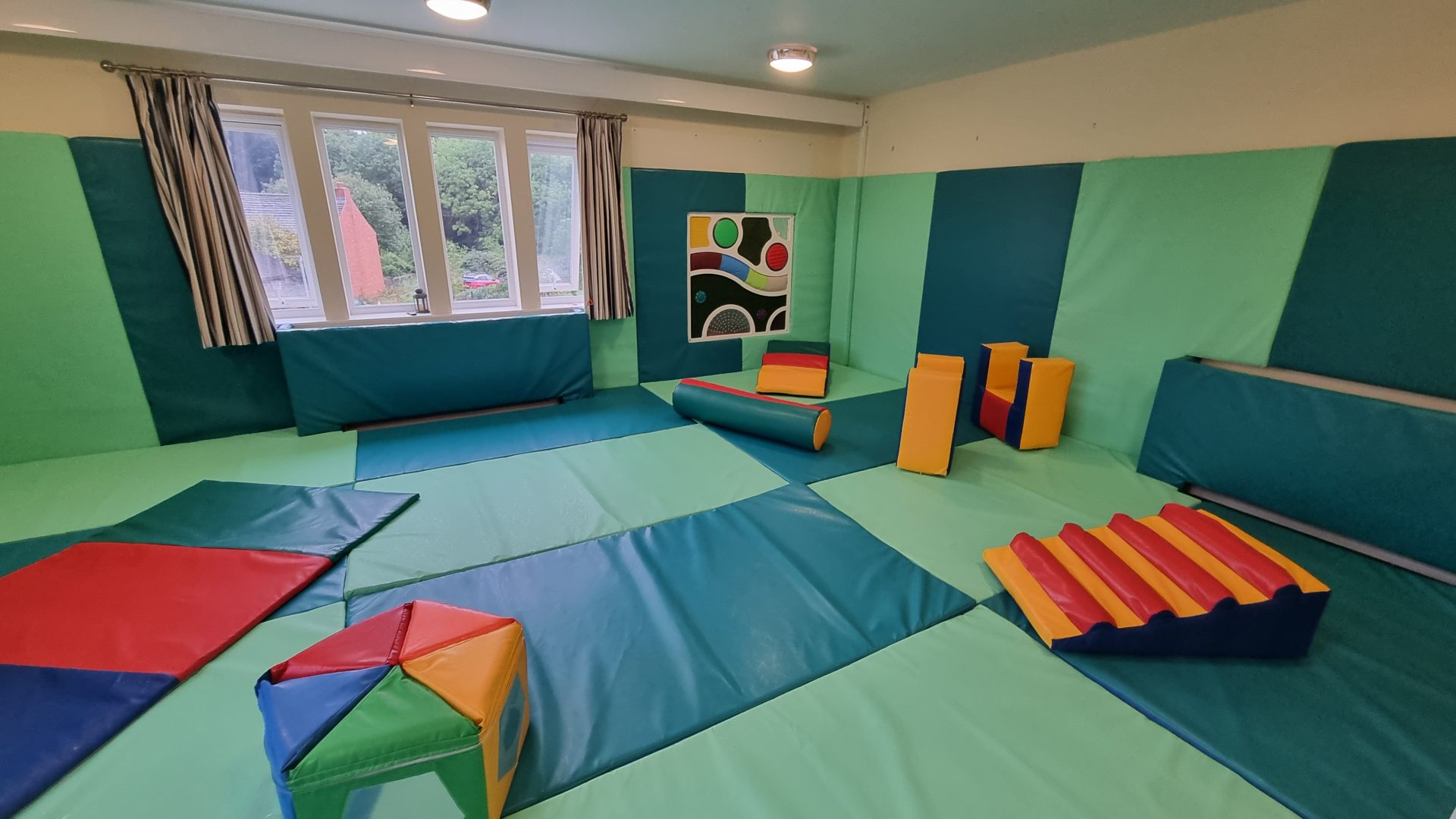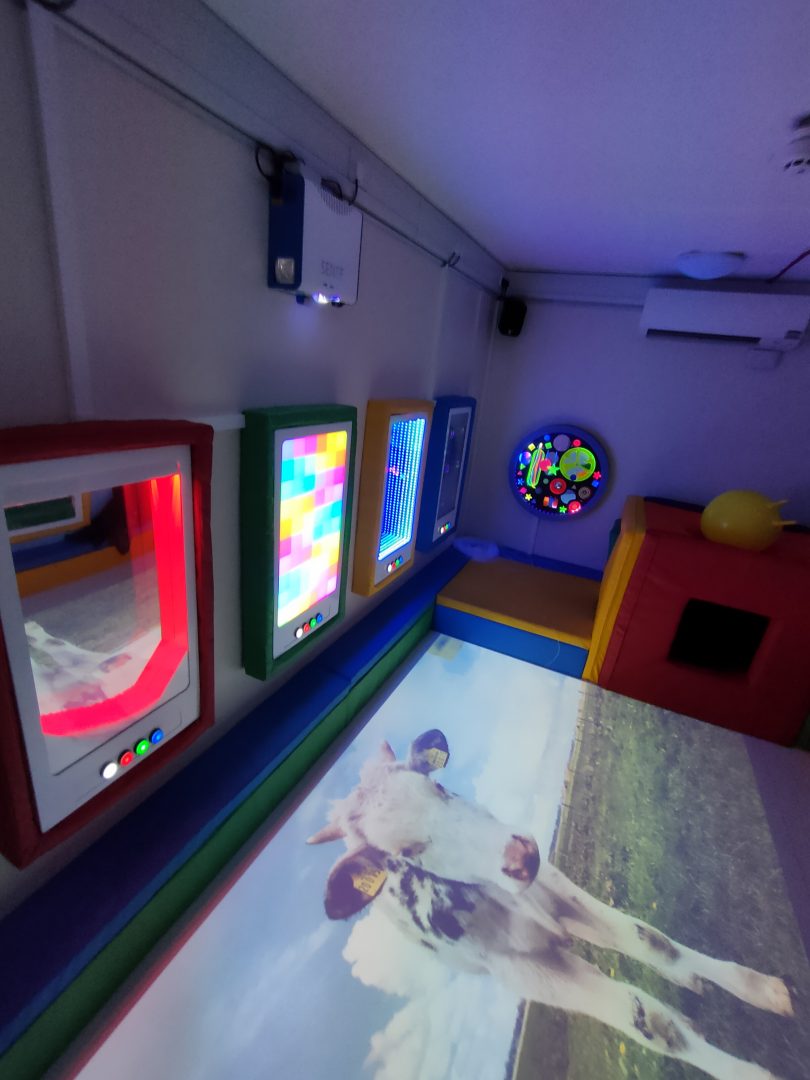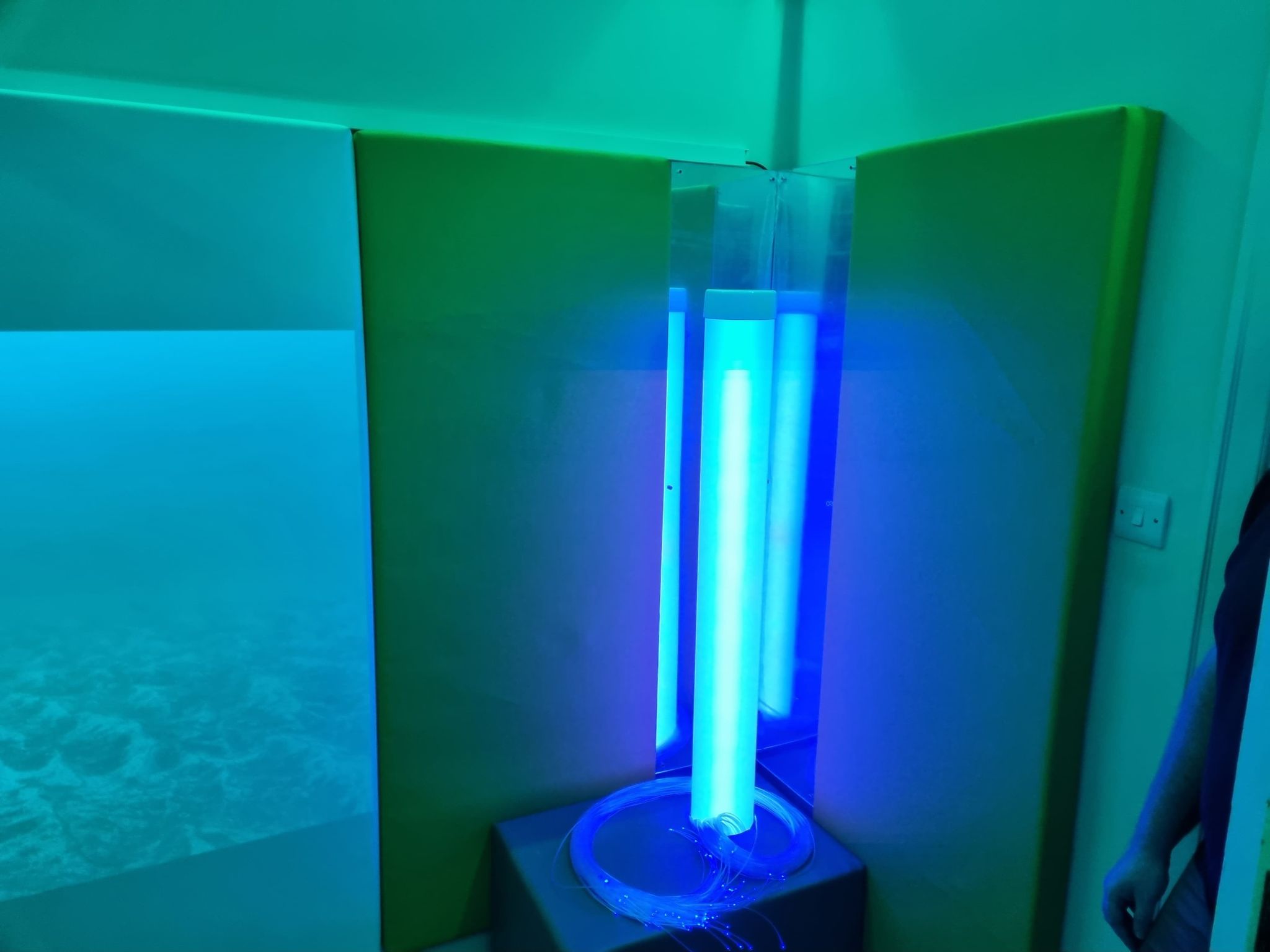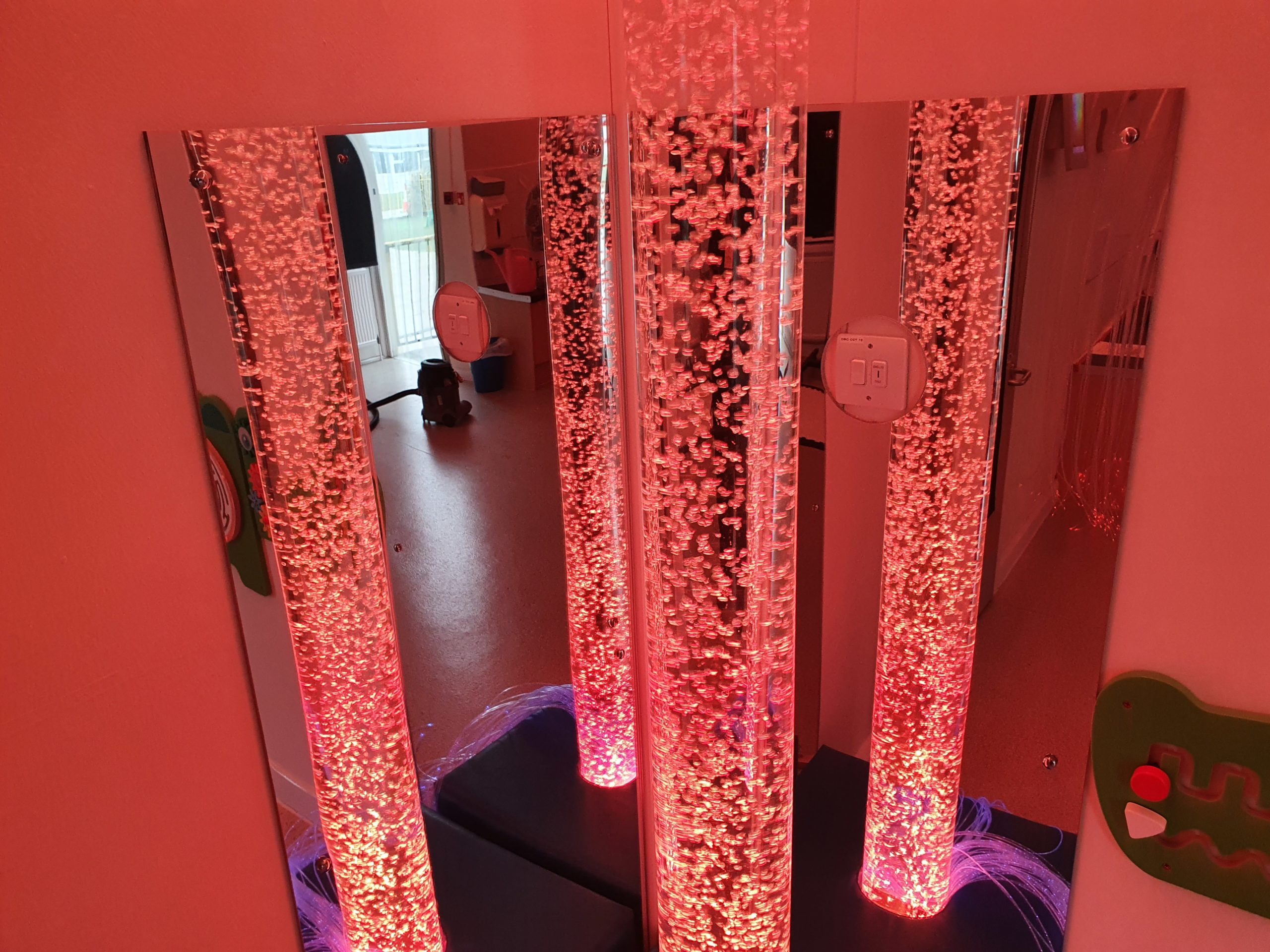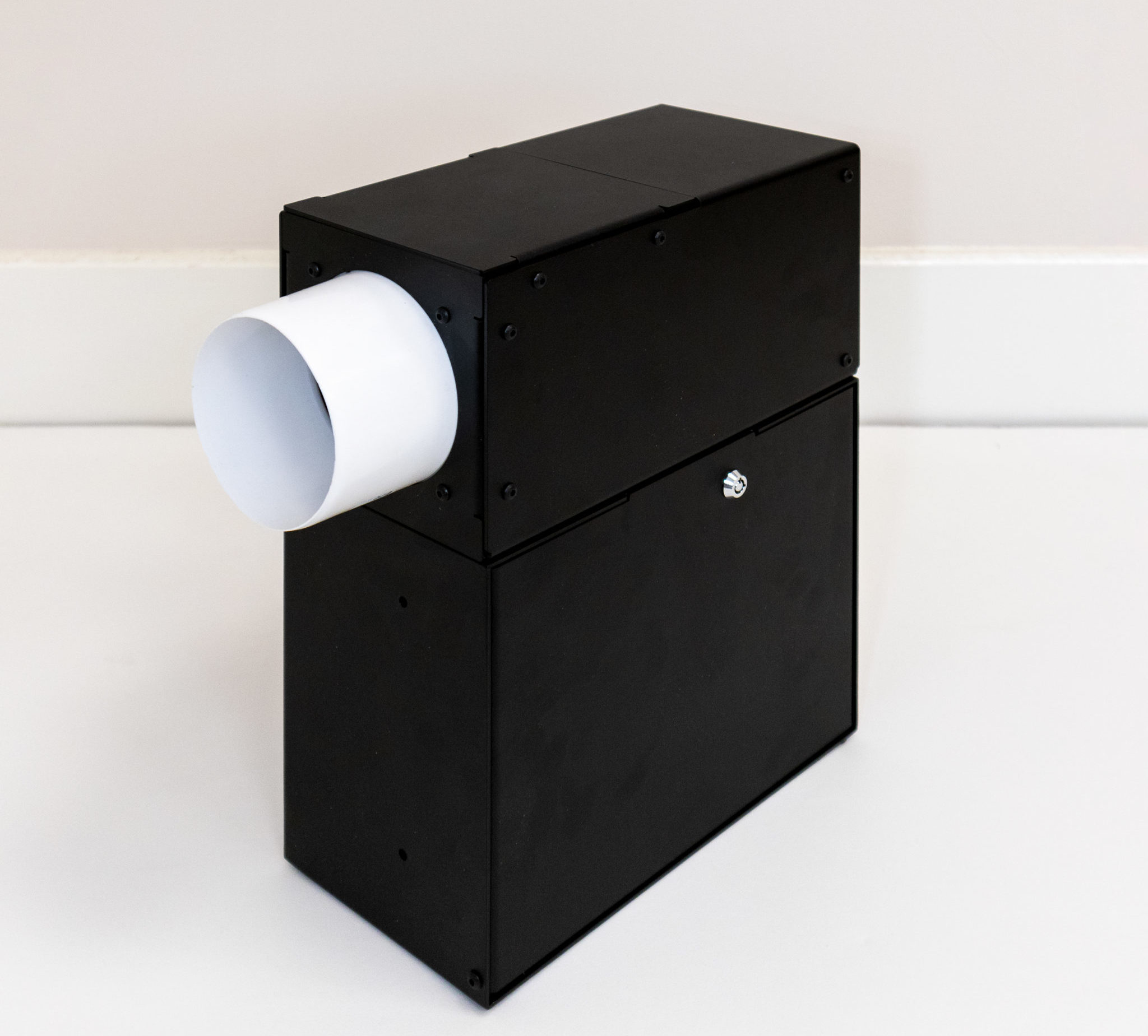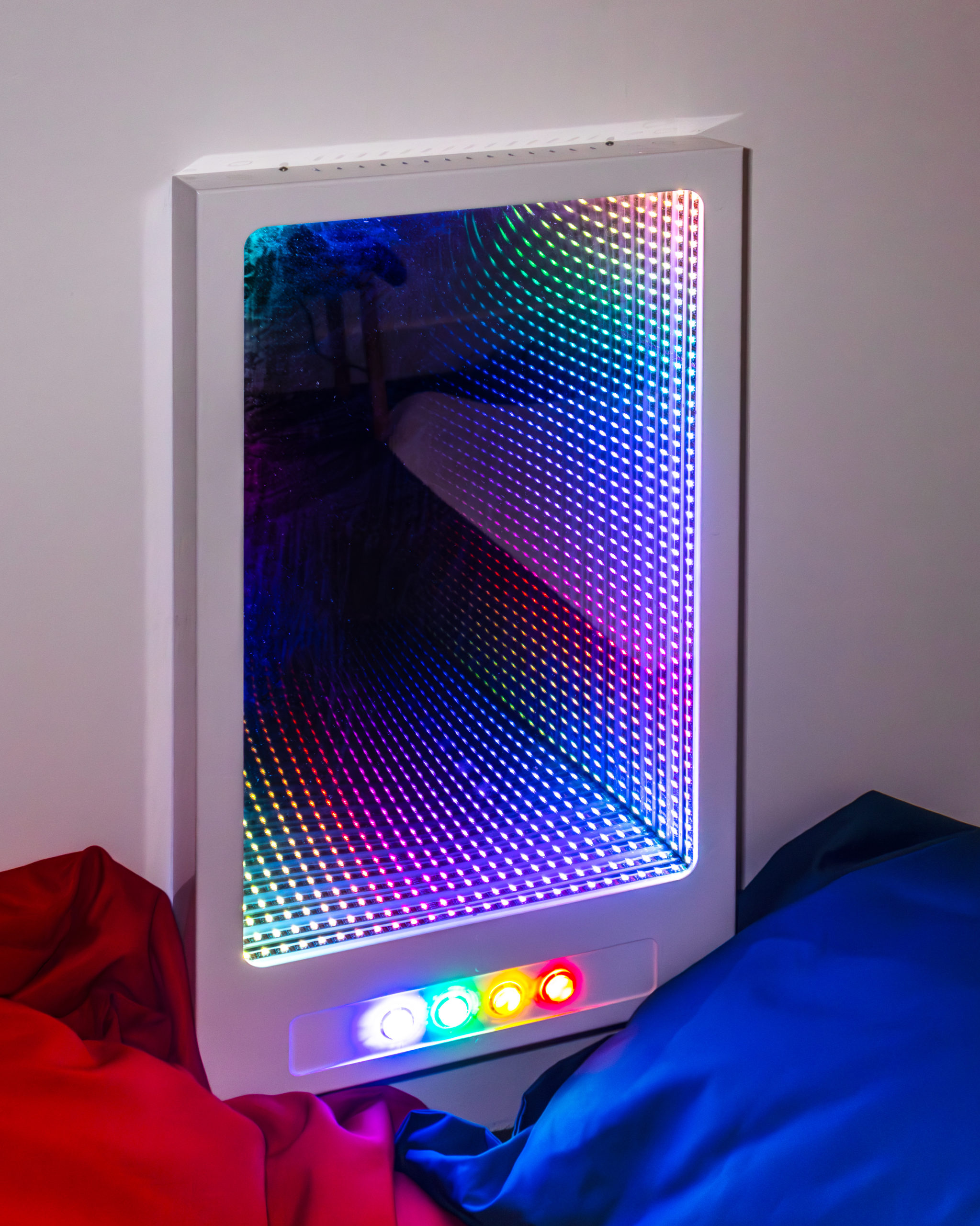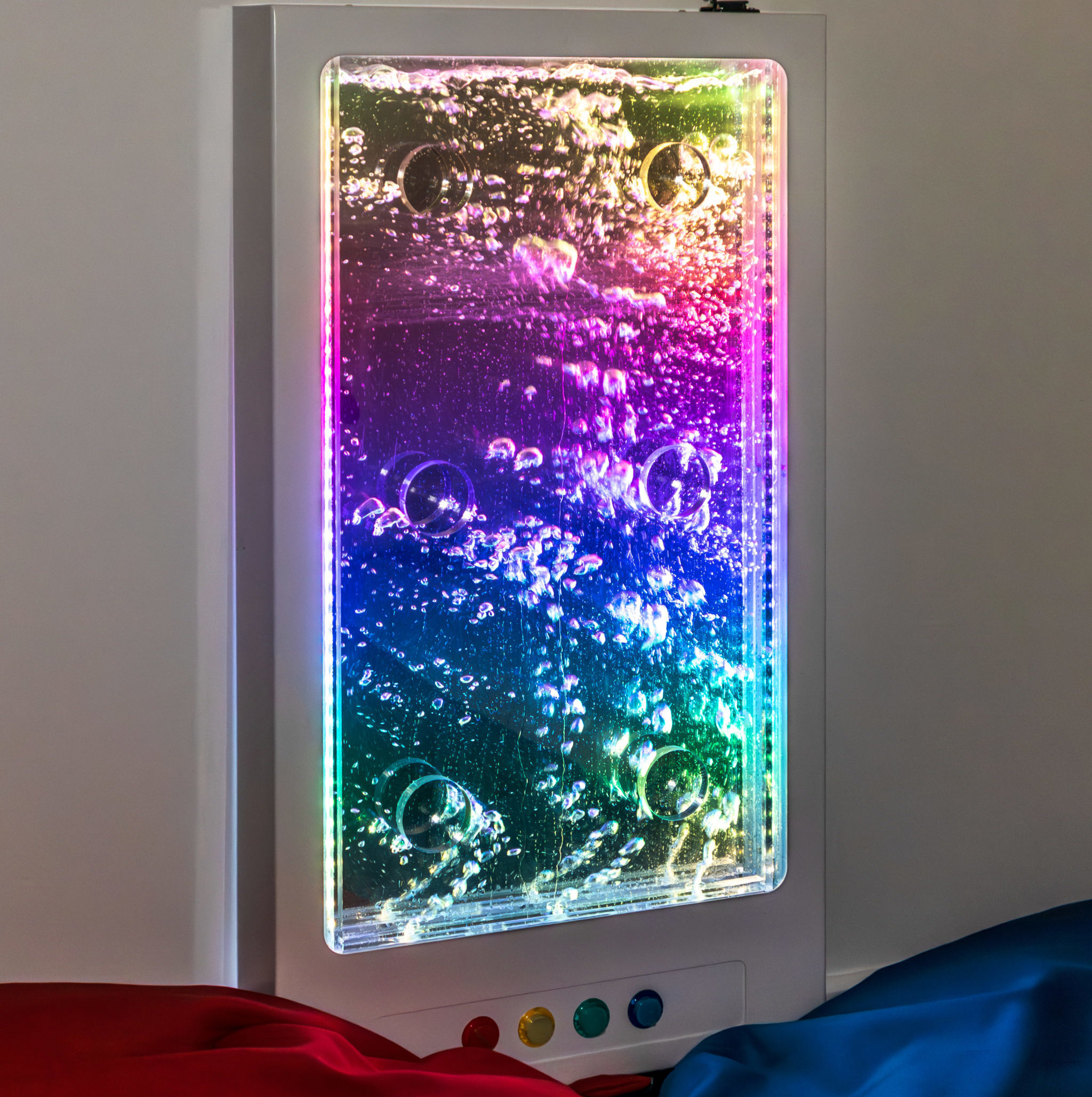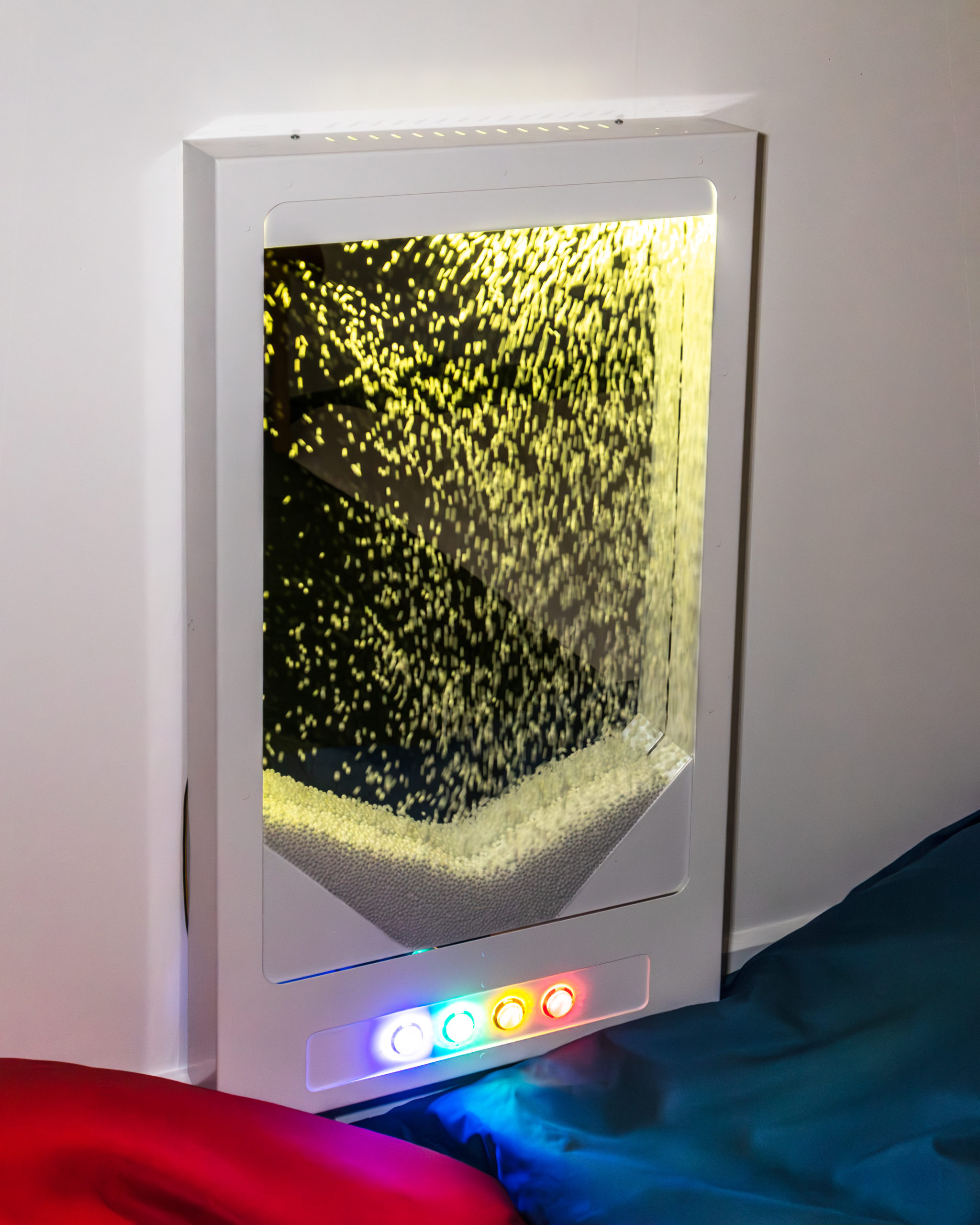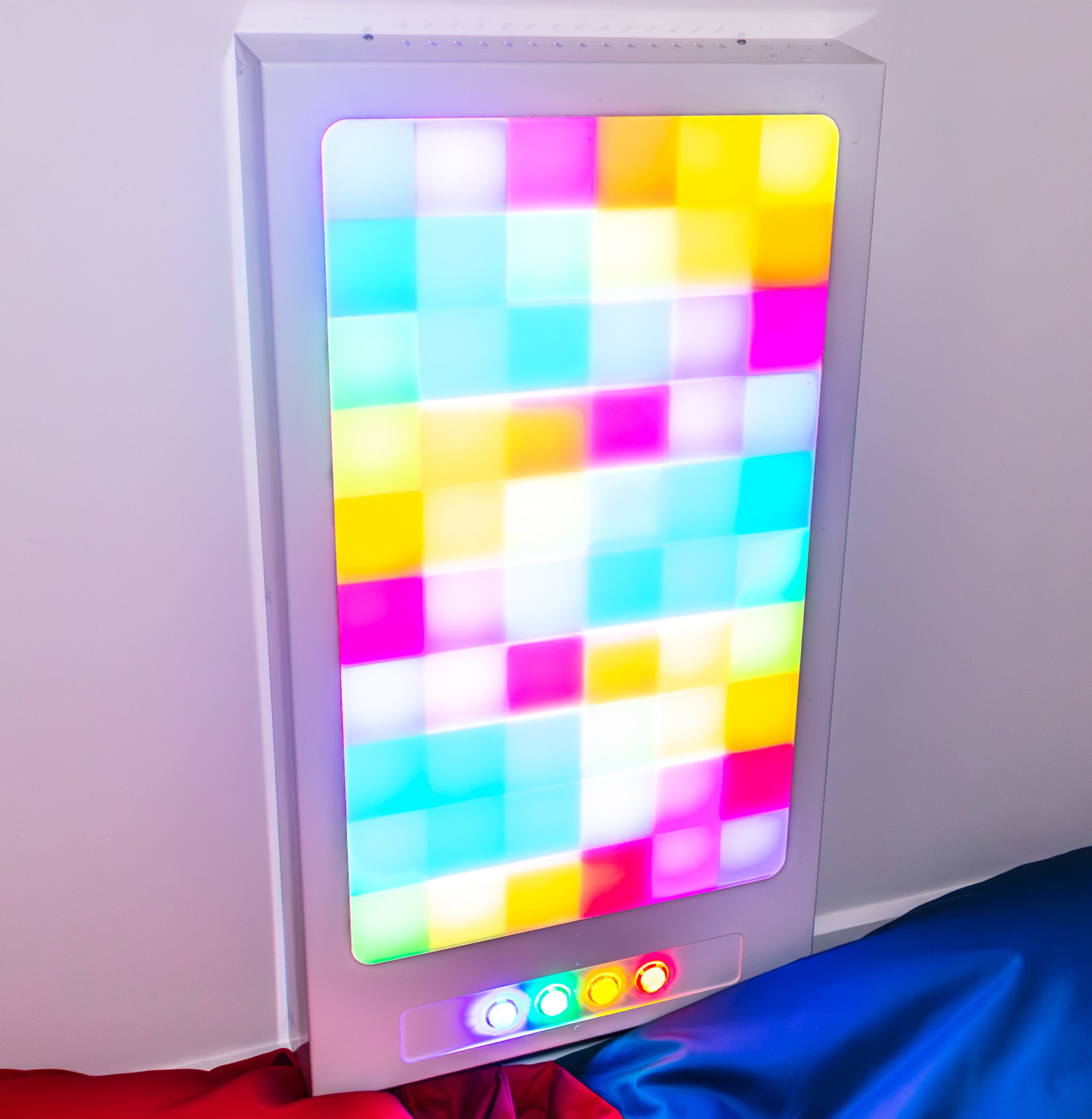How to Create a Sensory Room
Creating a Sensory Room can be a transformative addition to any educational or therapeutic setting, particularly for individuals with autism and other sensory processing disorders. Sensory rooms provide a safe space where users can experience a range of sensory inputs in a controlled environment, helping them to calm down, focus, and develop essential sensory and motor skills. Here’s a step-by-step guide to creating an effective sensory room.




